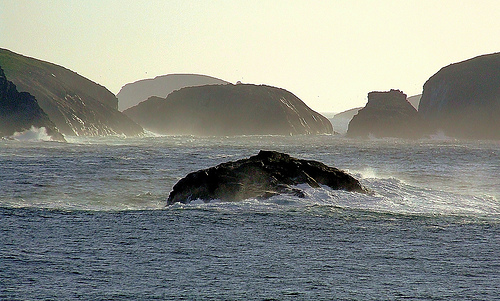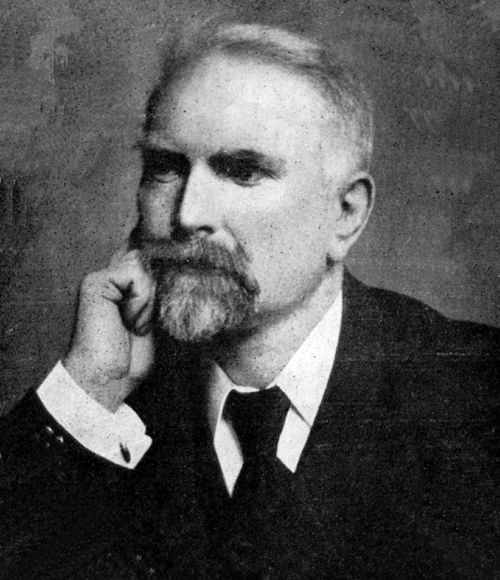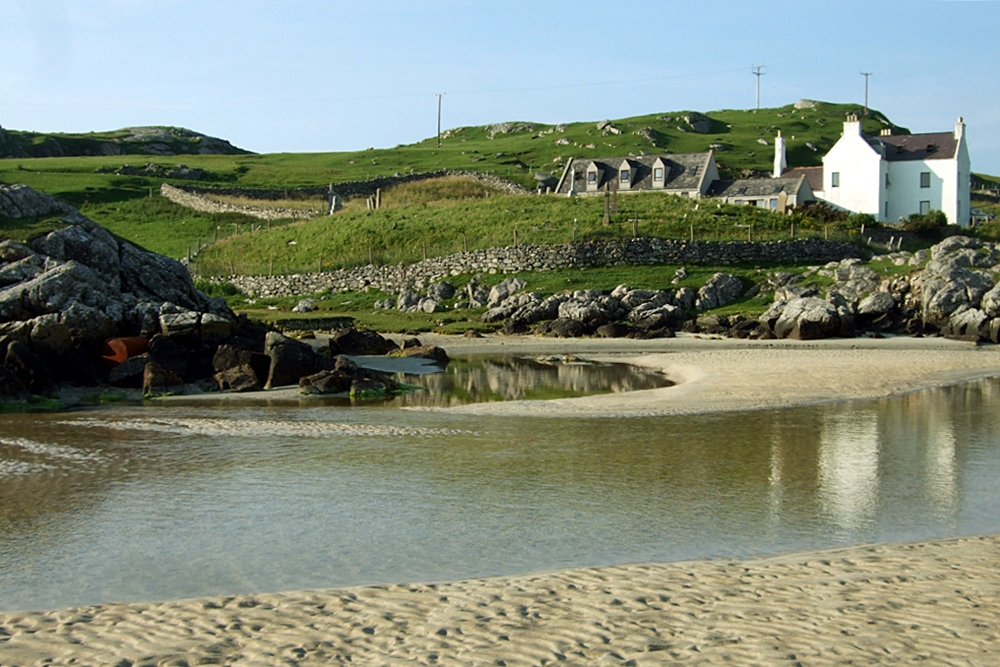On the day in November 1913 when the Reef Raiders drove the stock from Reef Farm, the local Constable made the following report (the list doesn’t correspond exactly to the men identified in the photo):
Charge, Breach of the Peace
Police Station
Miavaig, 28th November 1913
Sir,
I beg to report to you that between the hours of 10am and 1pm on Friday the 28th day of November 1913, on Reef Farm, occupied by Alexander Macrae, Farmer in the Parish of Uig
1. Malcolm Macritchie (64), Married, Squatter, Fisherman, Kneep
2. Allan Morrison (56), Married, Crofter, No 3 Kneep
3. Donald Morrison (49), Married, Squatter, Fisherman, No 13 Kneep
4. Murdo Macdonald (52), Married, Squatter, No 2 Kneep
5. John Morrison (48), Single, “alias” Cooper, No 13 Kneep
6. Murdo Mackay (25), Single, (Angus Son), No 30b Valtos
7. Donald Matheson (54), Married, Squatter, Fisherman, Valtos
8. Alexander Mackay (41), Married, Squatter, Fisherman, Valtos
9. Alexander Macdonald (60), Married, Squatter, Fisherman, Valtos
10. Angus Mackay (26), Single, (Norman Son), Fisherman, Valtos
11. Norman Mackay (24), Single, (Malcolm Son), Fisherman, Valtos
12. Donald Morrison (23), Single (Malcolm Son), Fisherman, Valtos
13. James Morrison (20), Single (Murdo Son), Fisherman, Valtos
14. Donald Maclennan (18), Single (Widow John Son), Valtos
all in the Parish of Uig.
Did form in a body and forcibly and unlawfully enter said farm, there gathered together all the sheep about 200 in number, and 5 head of cattle, and drove them to the march stone dyke which they knocked down, and forced them over the broken wall, thereafter drove them together across the moor through Kneep and Uigen to Miavaig public road, thence along the road through Valtos Glen to Timsgarry Farm, occupied by John Macrae, Farmer, all to the terror and alarm of both farmers, and in breach of the public peace.



 Donald Maciver was born in Crowlista in 1857, son of John Maciver, the Gaelic schoolmaster and missionary, and they lived in Ness and then South Lochs. Donald also became a teacher, at Lemreway (see the
Donald Maciver was born in Crowlista in 1857, son of John Maciver, the Gaelic schoolmaster and missionary, and they lived in Ness and then South Lochs. Donald also became a teacher, at Lemreway (see the 